Low E Glass Market Summary
As per Market Research Future analysis, the Low E-glass market size was estimated at 14.63 USD Billion in 2024. The Low E-glass industry is projected to grow from 15.58 USD Billion in 2025 to 29.25 USD Billion by 2035, exhibiting a compound annual growth rate (CAGR) of 6.5% during the forecast period 2025 - 2035
Key Market Trends & Highlights
The Low E-glass market is experiencing robust growth driven by energy efficiency and technological advancements.
- The demand for energy-efficient solutions is rising, particularly in North America, which remains the largest market for Low E-glass.
- Technological advancements in coating processes are enhancing the performance of Low E-glass, especially in the double glazing segment.
- Asia-Pacific is emerging as the fastest-growing region, driven by increasing construction activities and urbanization.
- Key market drivers include the rising energy costs and a growing focus on sustainable building practices, which are propelling the adoption of solar control Low-E coatings.
Market Size & Forecast
| 2024 Market Size | 14.63 (USD Billion) |
| 2035 Market Size | 29.25 (USD Billion) |
| CAGR (2025 - 2035) | 6.5% |
Major Players
Saint-Gobain (FR), Guardian Glass (US), AGC Inc. (JP), NSG Group (JP), PPG Industries (US), Cardinal Glass Industries (US), Schott AG (DE), Viracon (US), Kibing Group (CN)
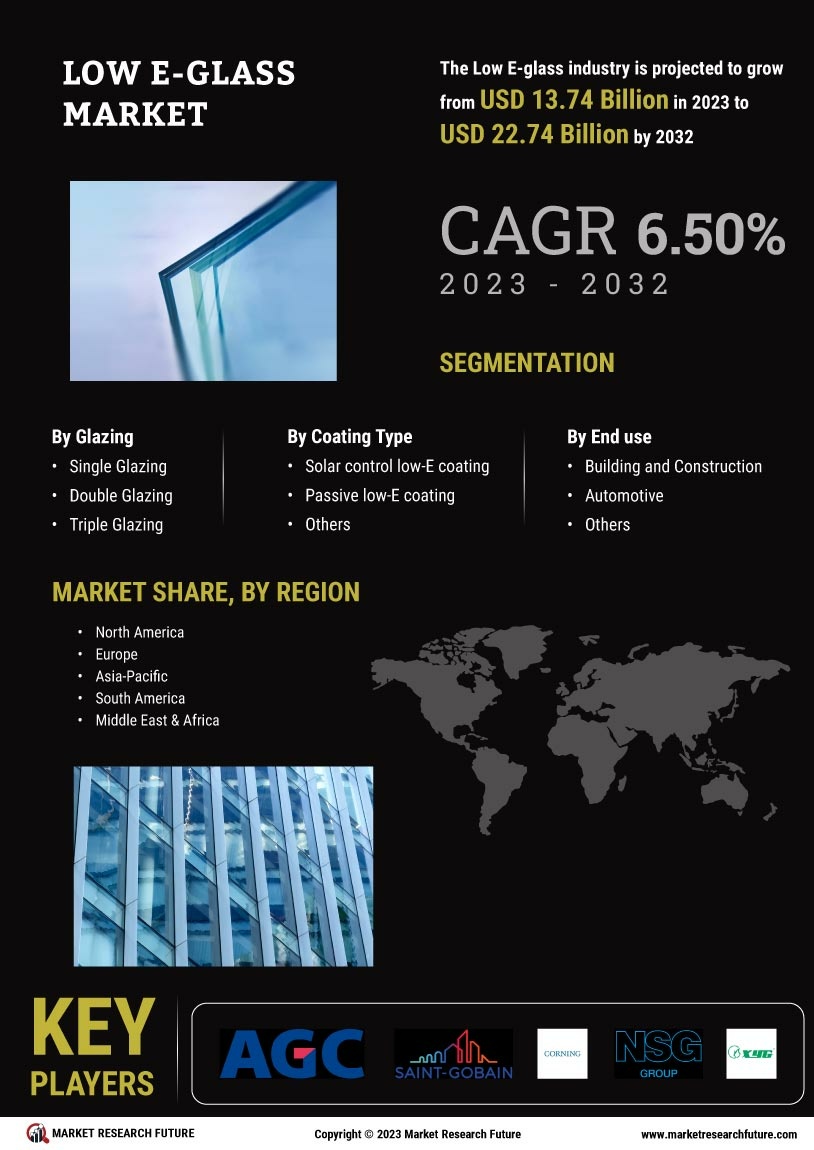

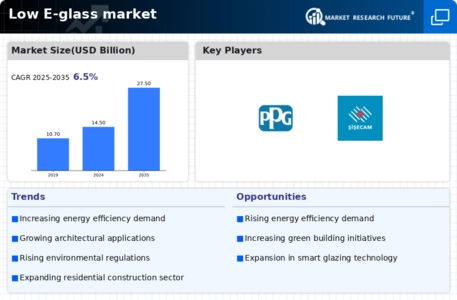


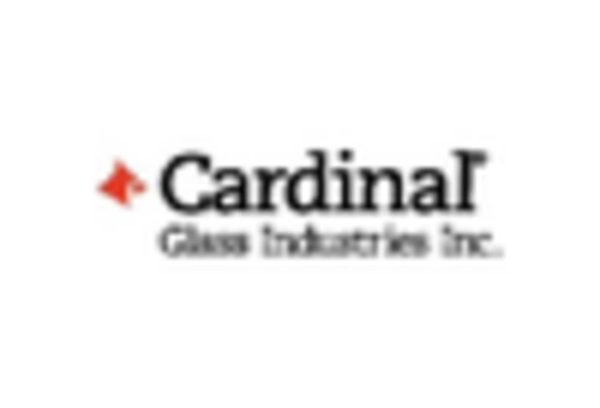
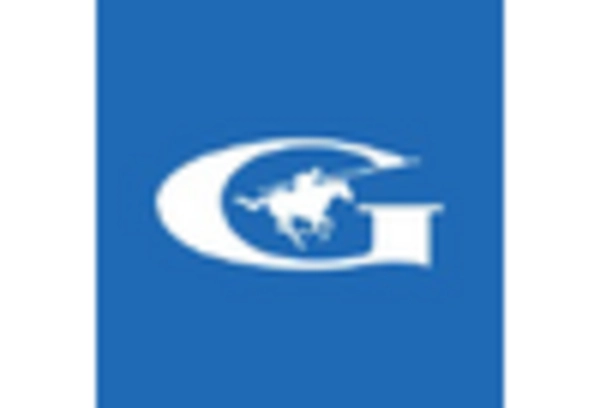

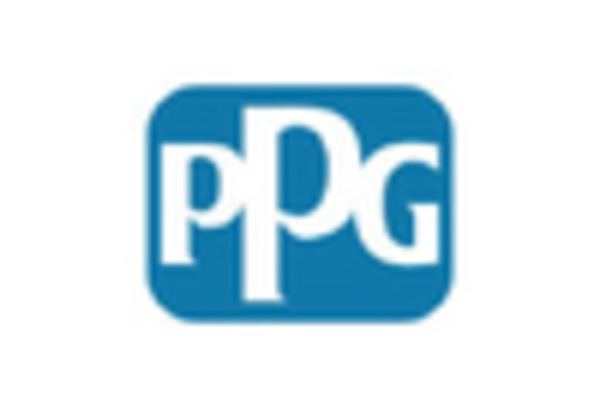









Leave a Comment